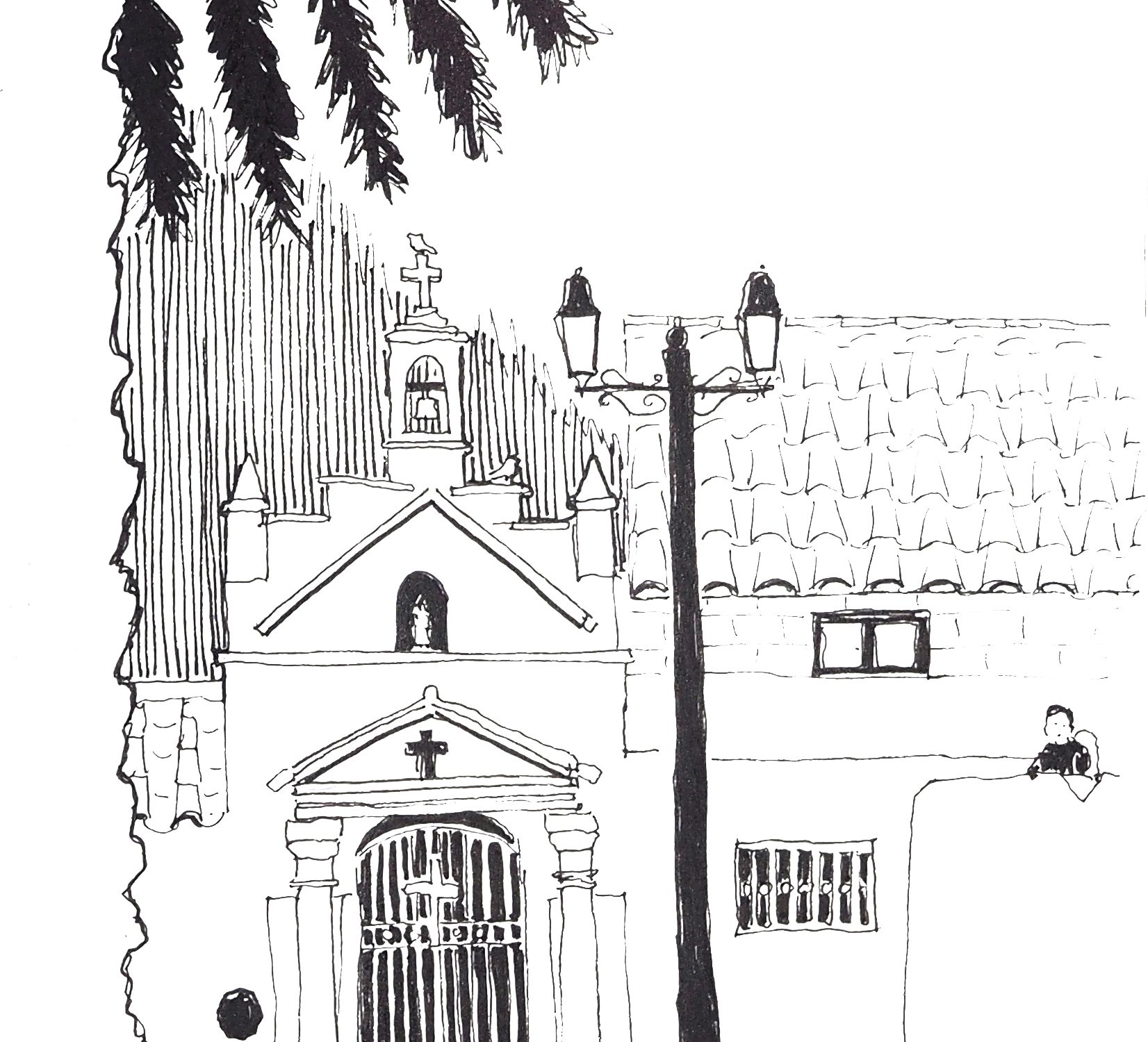Plata : discover of the cities of Sucre and Potosi, two facets of the colonial empire
Potosi and Sucre are two cities located in the center of Bolivia and about 150km away from each other. Although they date from the colonial era and developped together, they have quite different faces, like the two sides of the same coin. Sucre and Potosi it’s a bit « Dr Jekyll and Mr Hyde ».
Potosi : an El Dorada built on the exploitation of natives
Potosi is established at 4090m above sea level – making it the city of more than 100,000 inhabitants the highest in the world. At this altitude, just walk up a street is enough to be out of breath…
However, when important silver veins have been discovered in the Cerro Rico during the sixteenth century, a city is built quickly under the mountain. Raised to the rank of « imperial city » by Charles V, the city will become the most populated city of South America. The coins minted in the Casa de la Monedad soon flood the whole colonial empire and became the reference currency in the world.
At first the settlers imported black slaves to work in the mines and the coins factory, but under incredibly harsh working conditions, reinforced by the cold, the altitude and the lack of oxygen, they did not survive for long… Settlers then fell back on the natives, more accustomed to the climate and exploited them for years promising to give them back their freedom. The mines were exploited for nearly three centuries at the cost of millions Indian’s life.
Today the silver veins are exhausted but miners continue to work in the Cerro Rico to extract tin, iron or zinc. The industry remains particularly prosperous for many Bolivians, who have gradually settled around the once glizty city center.
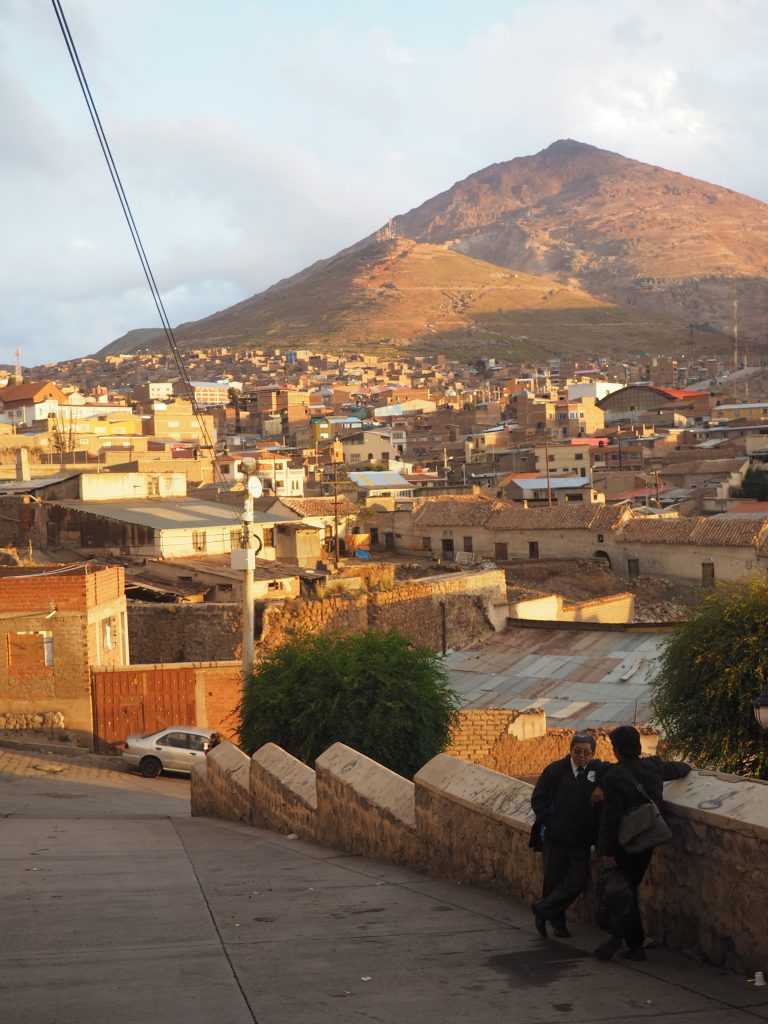
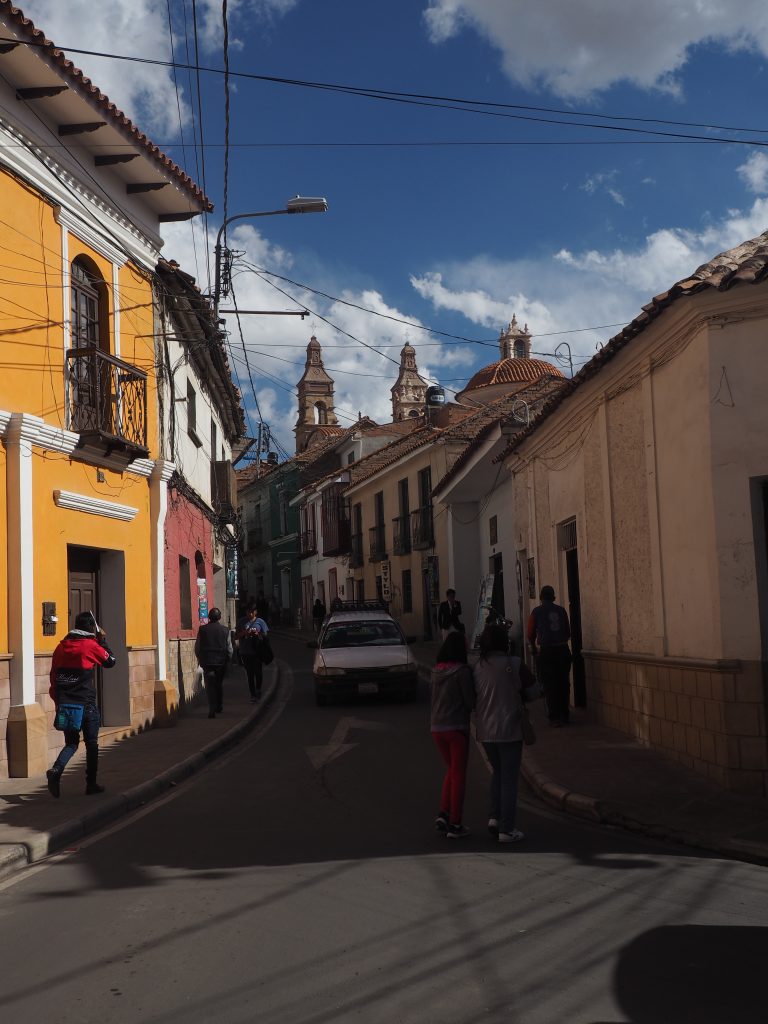
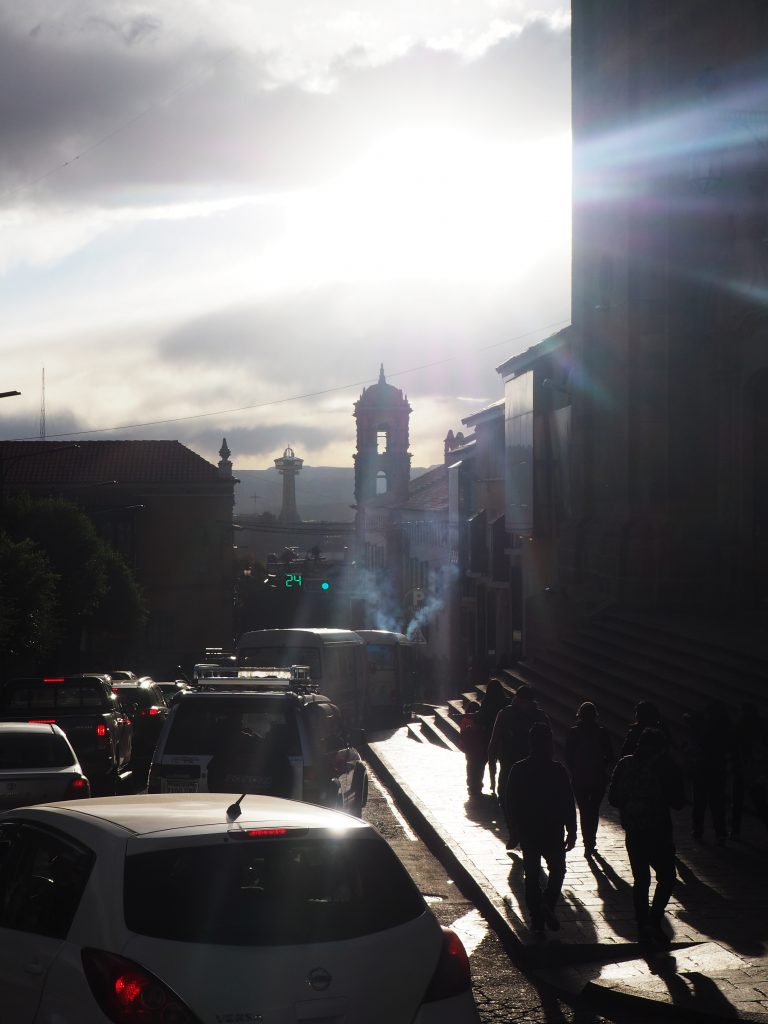

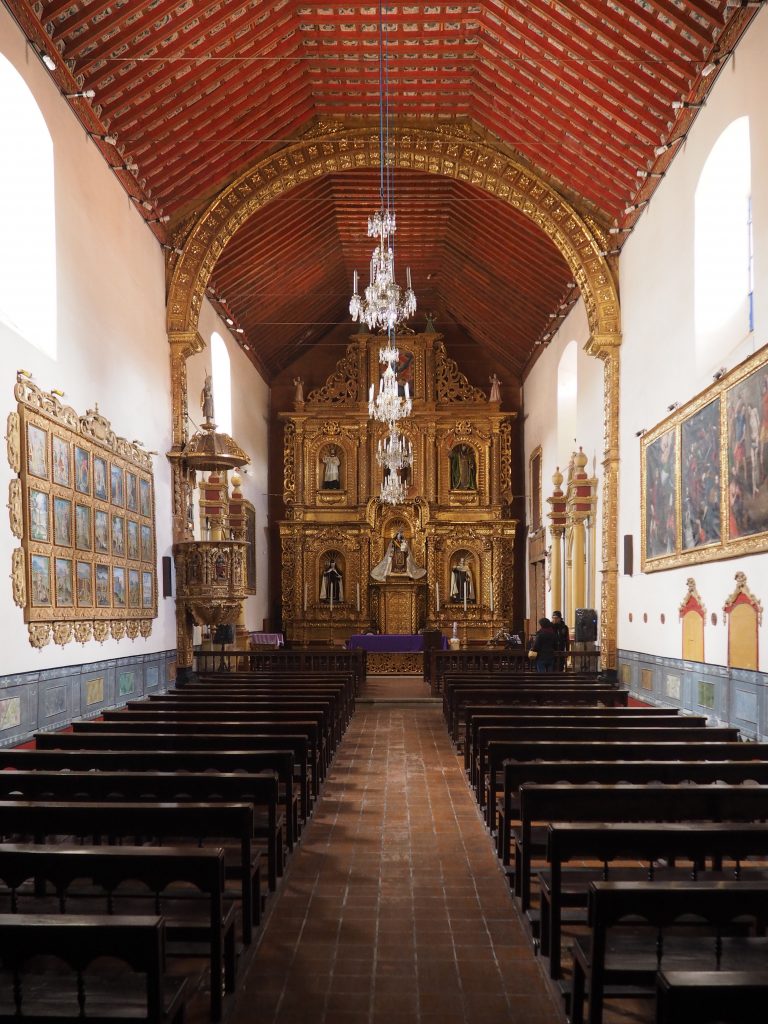
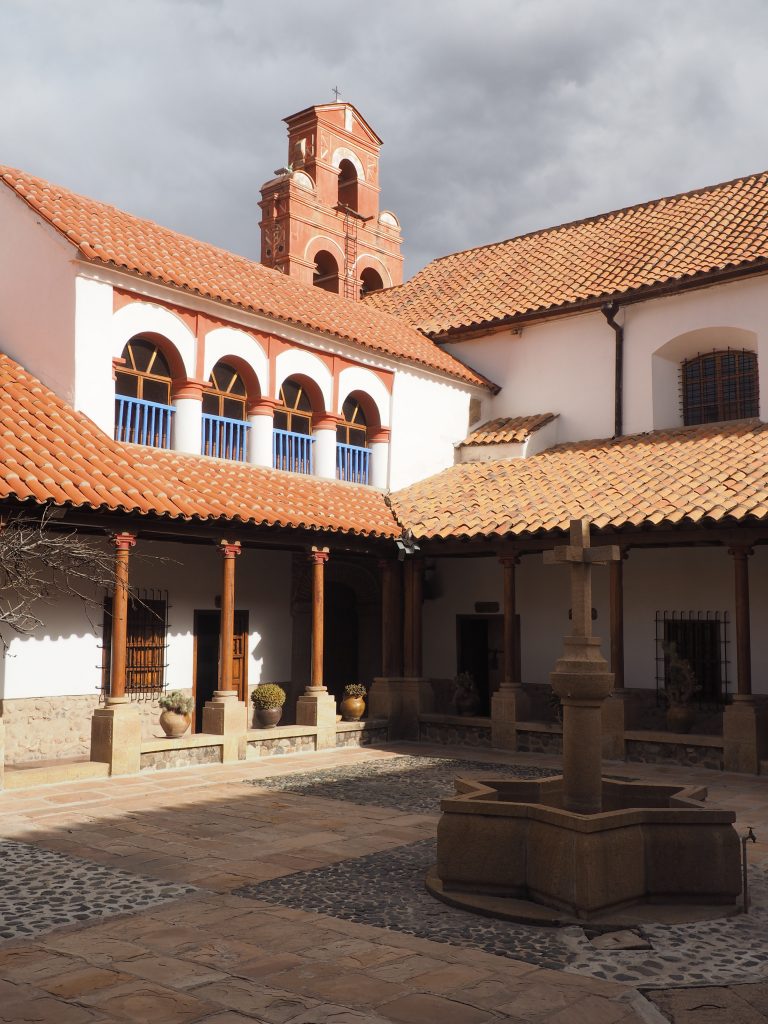
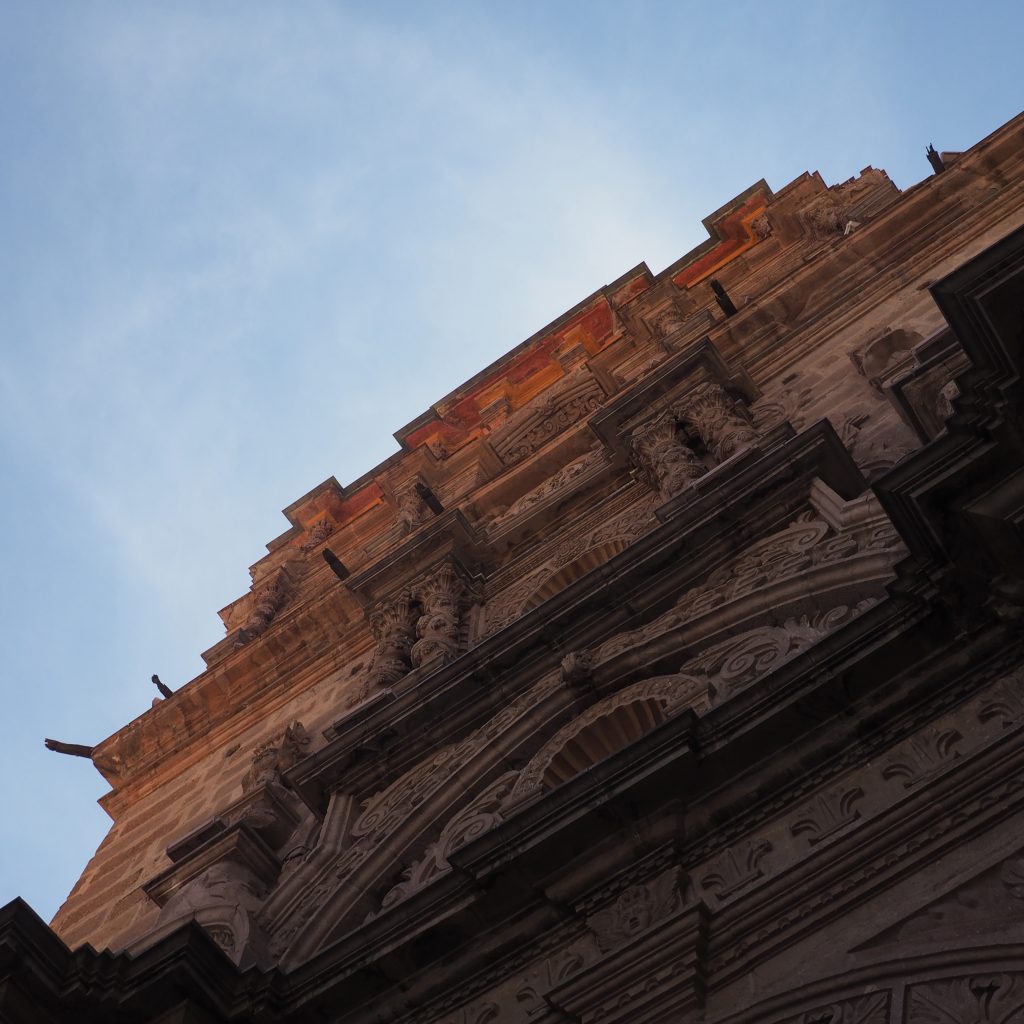
Here even more than anywhere else, churches and religious buildings are ostentatious – they were essentially financed by the exploitation of the Cerro Rico. The buildings were built by the natives, that explains the presence of icons of the ancient pagan religion. However most of the religious buildings were built under the direction of the Jesuits and if these traces of a pagan religion are tolerated, it is of course in a calculated way. At first, the settlers agreed to combine the iconography of the indigenous religion with the Christian symbols, hopping that the locals would become accustomed to Catholic beliefs. They substituted then the pagan symbols little by little with Catholic icons.
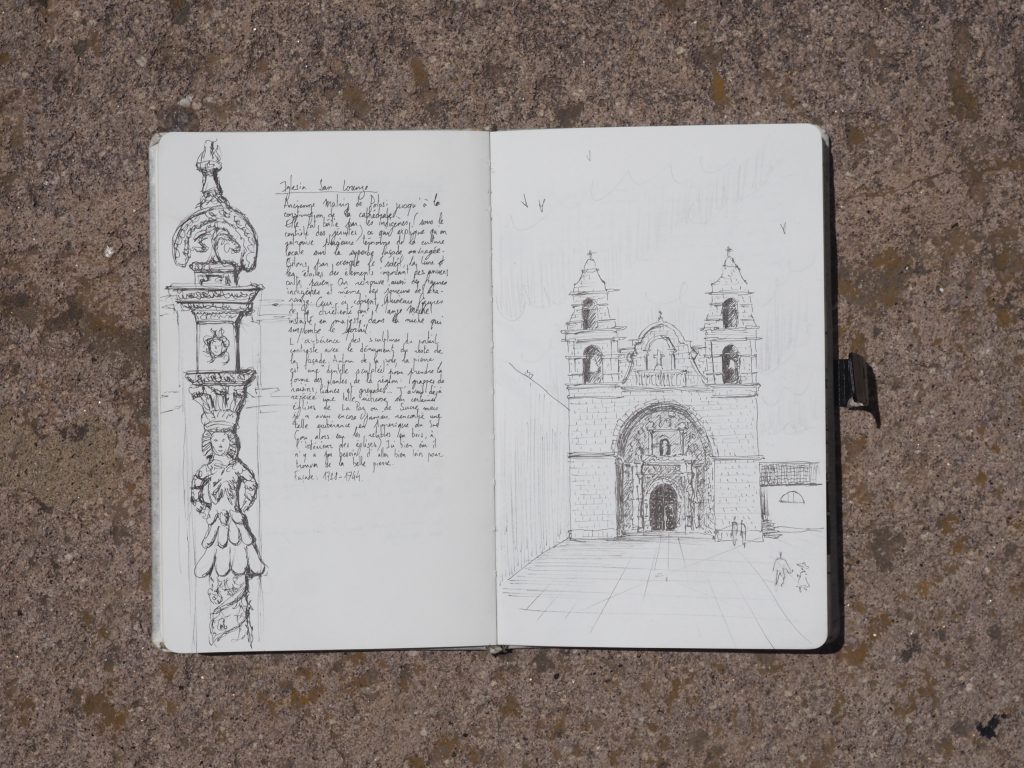
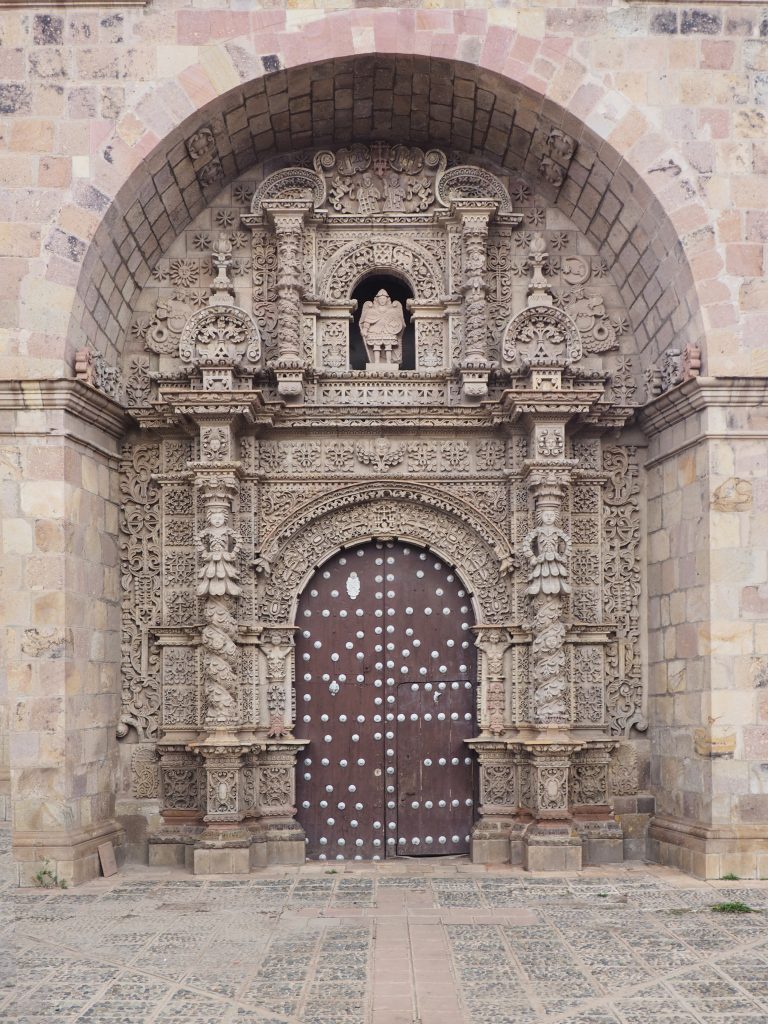
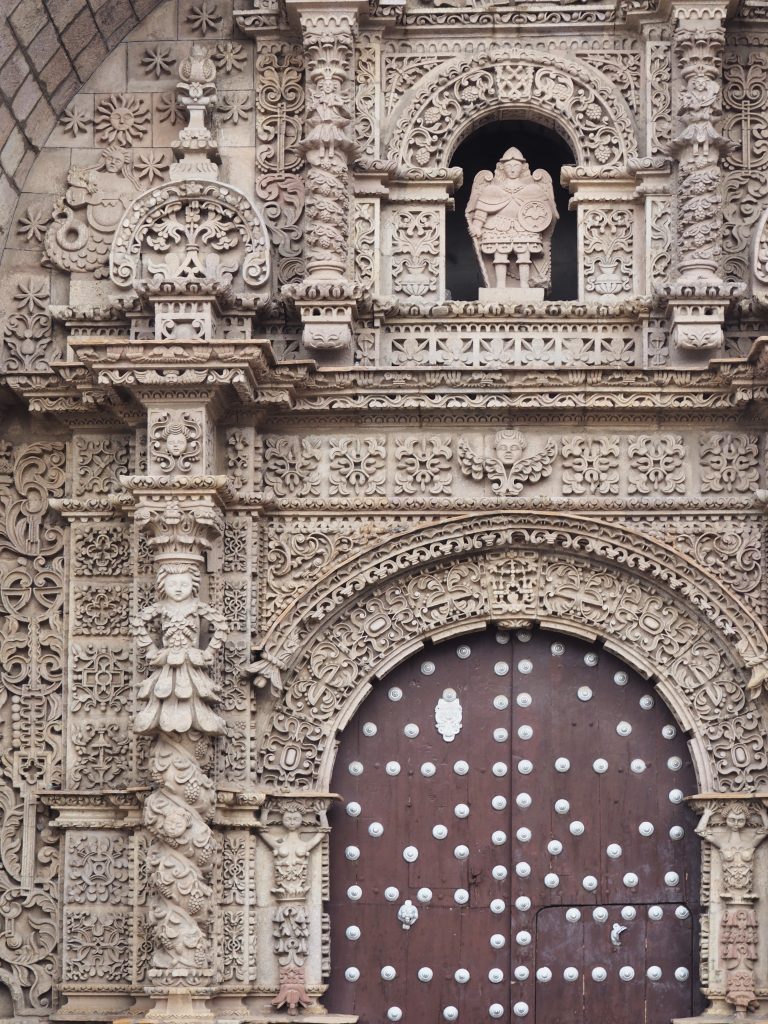
The portal of the church contains a lot of indigenous references : the sculptures have the feature and the clothes of natives, the fruits that are carved come from the region, sirens play local music instrument, a little higher, we find stars and the figure of the Inti, the pagan divinity of sun. Yet the main figure of the portal is undoubtedly Archangel Michael celebrated for having defeated the devil.
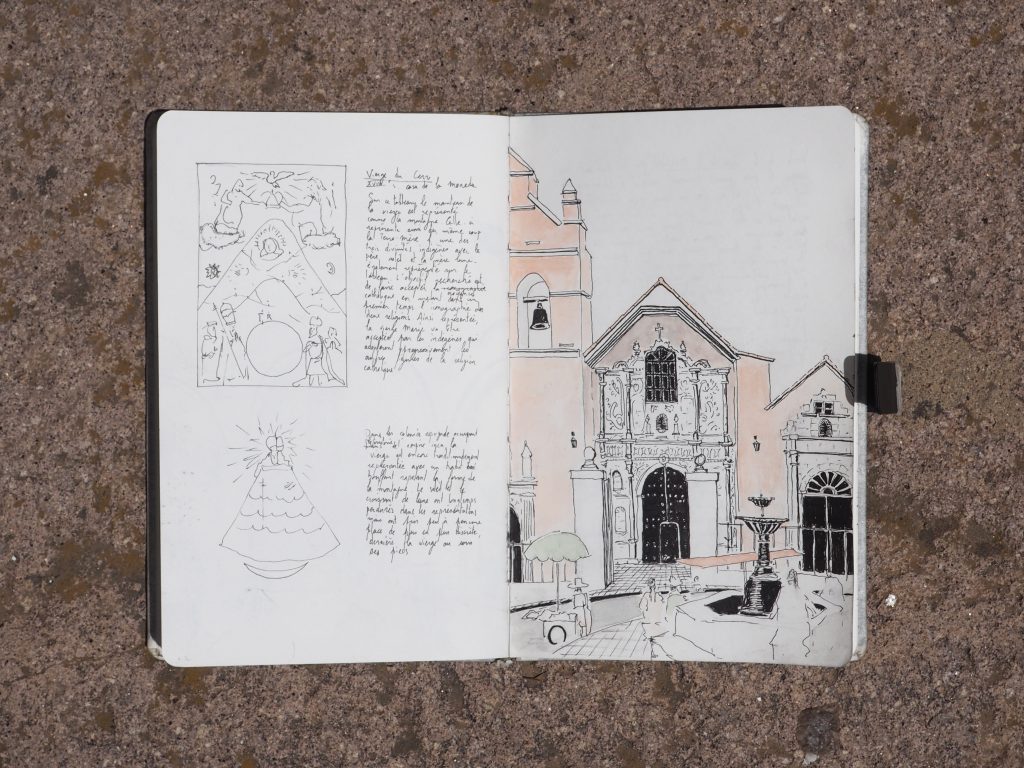
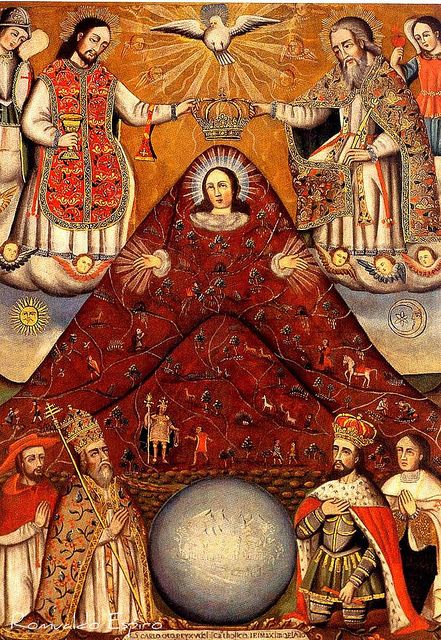
The cloak of the Virgin is confused with the image of the mountain – this way, the Virgin looks like the Pachamama to the natives (the divinty of earth) – the father sun and the mother moon, two other divinities venerated by the locals are also represented on both sides of the Virgin . By melding the iconography of the two religions , the Virgin Mary will be accepted by the natives. Little by little they would gradually adopt the other figures of the Catholic religion.
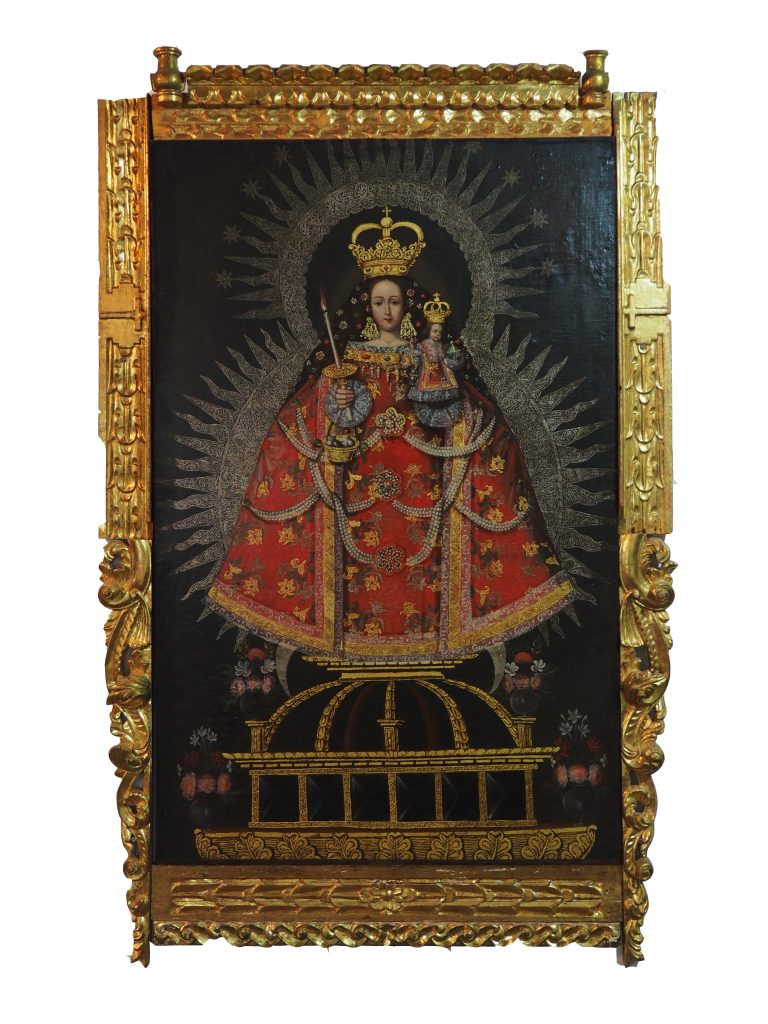
In the andean region, the Virgin is still traditionally represented with a baggy coat reminding the shape of the mountain. The sun (Inti) and the crescent moon (Mama Kila) often persist in the paintings but were gradually relegated to a more discreet place, behind the Virgin or at her feet.
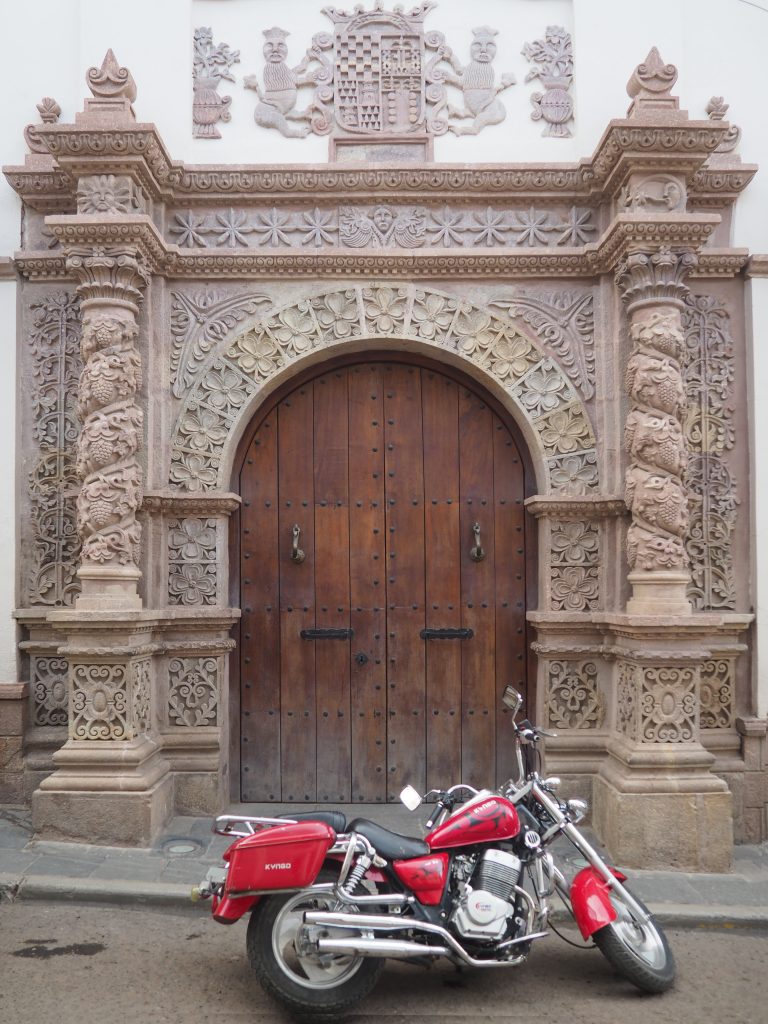

II Sucre, the sparkling capital
Located at an altitude of 2750m (a relatively low altitude for Bolivia), Sucre enjoys a rather mild climate. From 1538 until 1776, when the city belonged to the vice-kingdom of Perou, it was named « La Plata », whitch means « the silver » in spanish. Unlike Potosi, the streets, sparkling with whiteness, are pleasant and peaceful. Yet it is the exploitation of Potosi’s silver that allowed the development of the city.
Over the years, Sucre became a political center : it was here that the independence of the country was declared in 1825 and Sucre still remains the constitutional capital of the country (the government sits in La Paz). In Sucre we find also the most famous universities of the country.
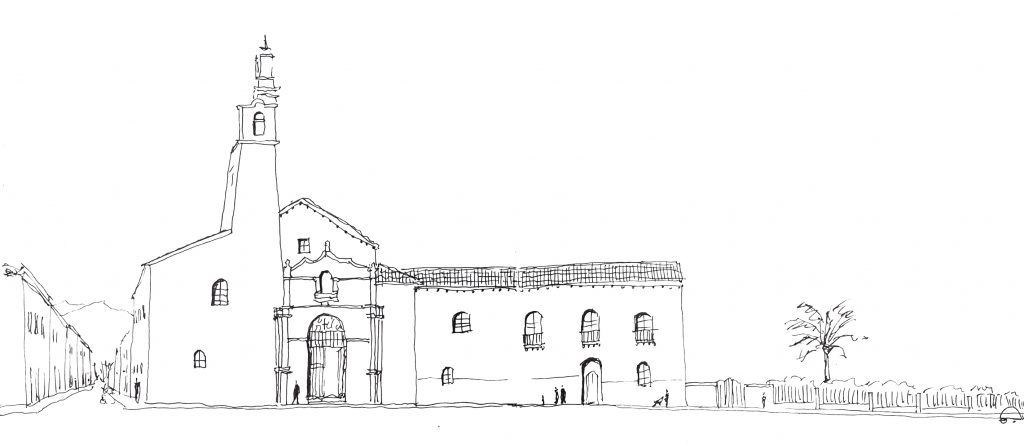
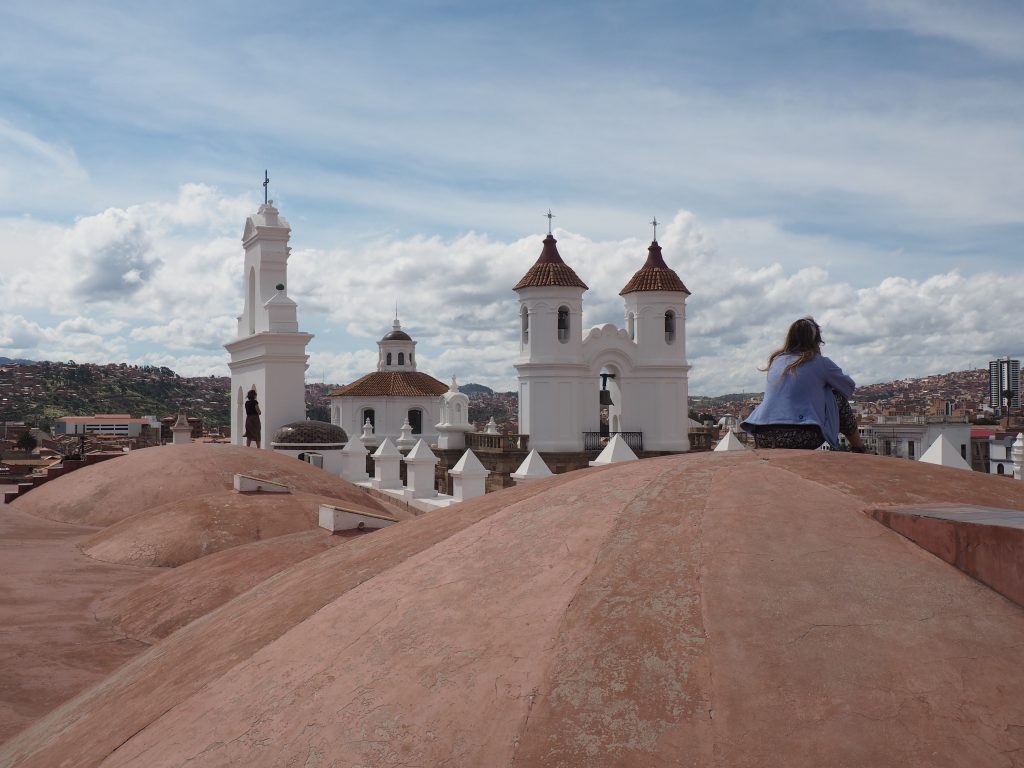
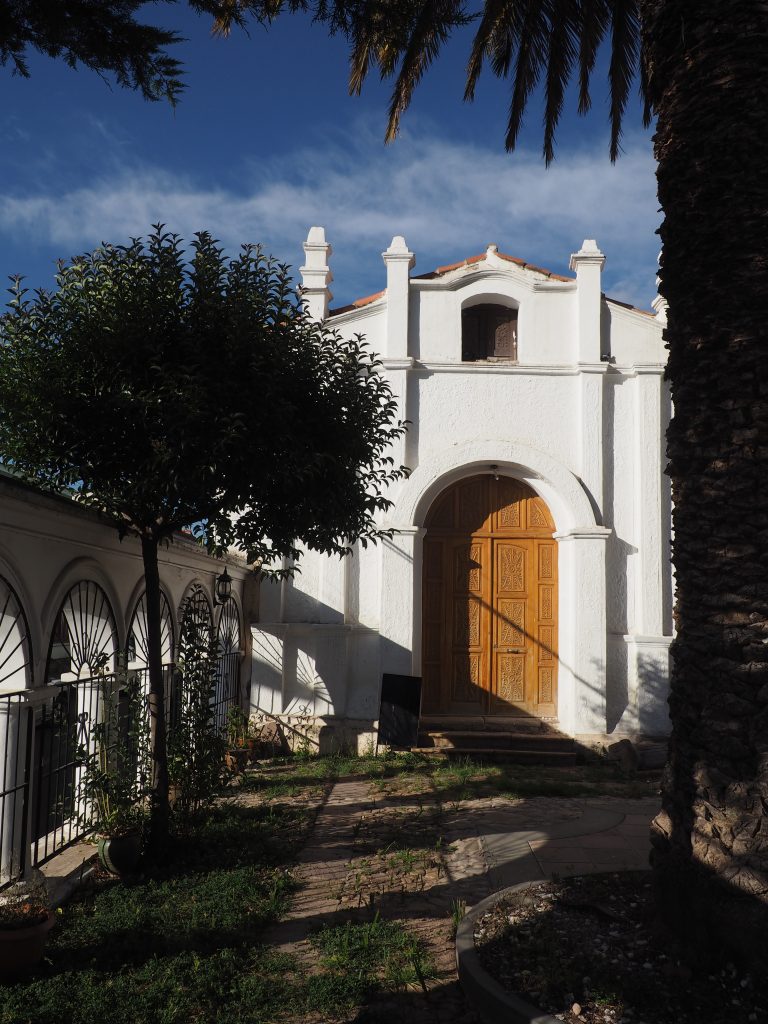
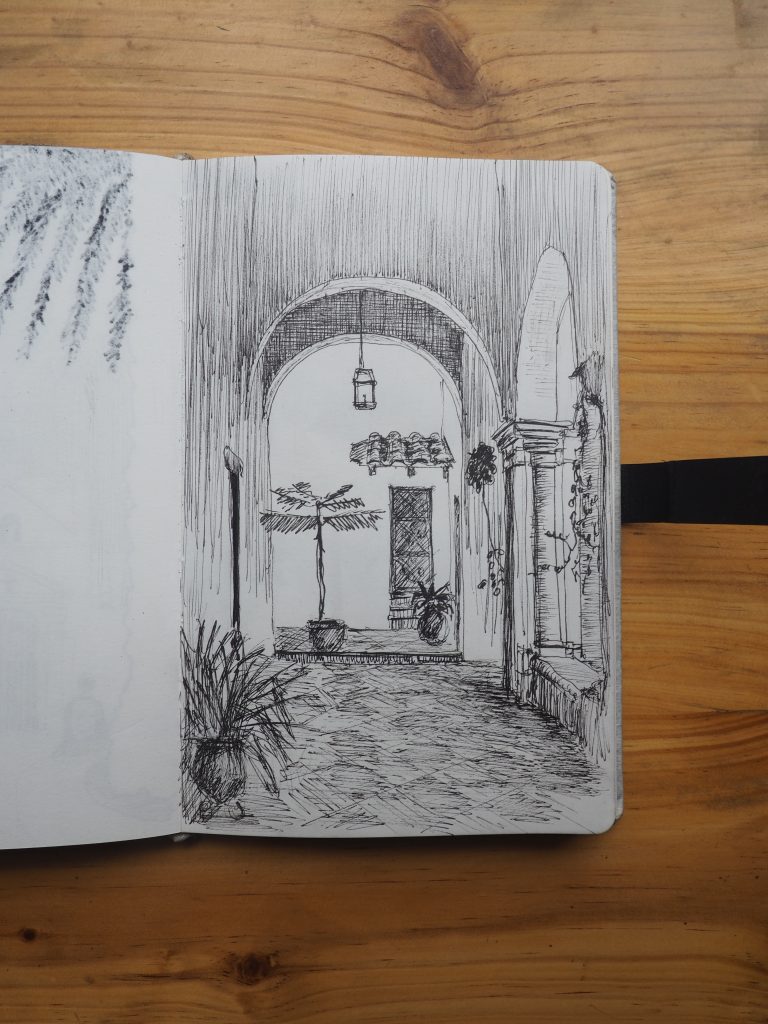
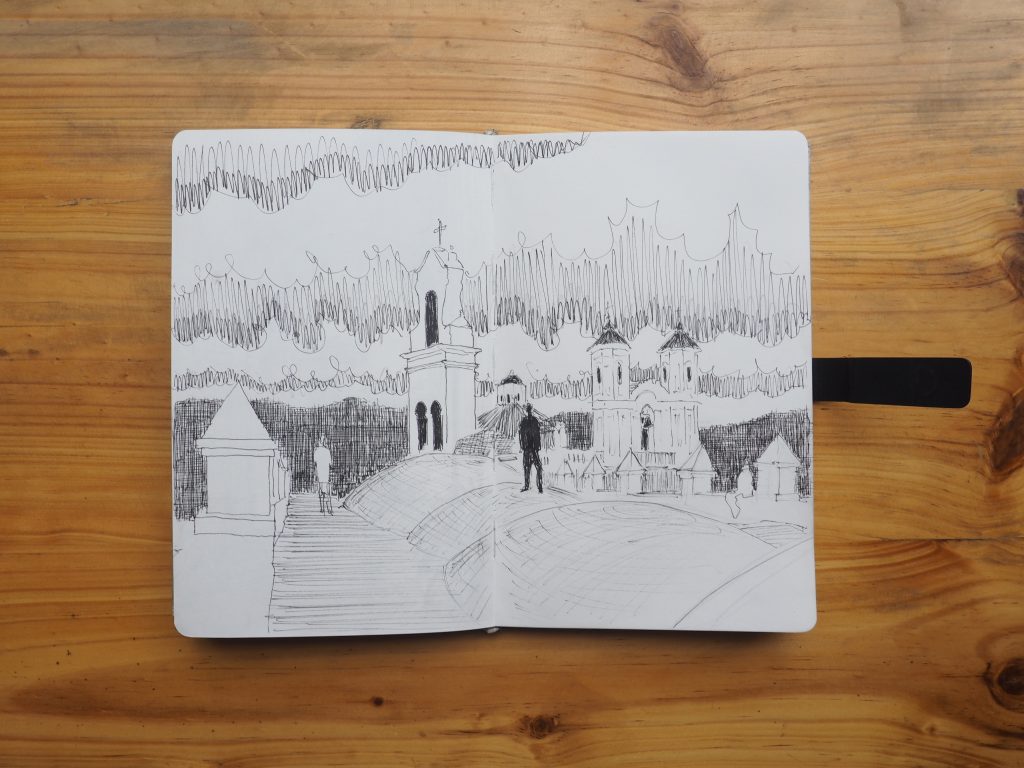
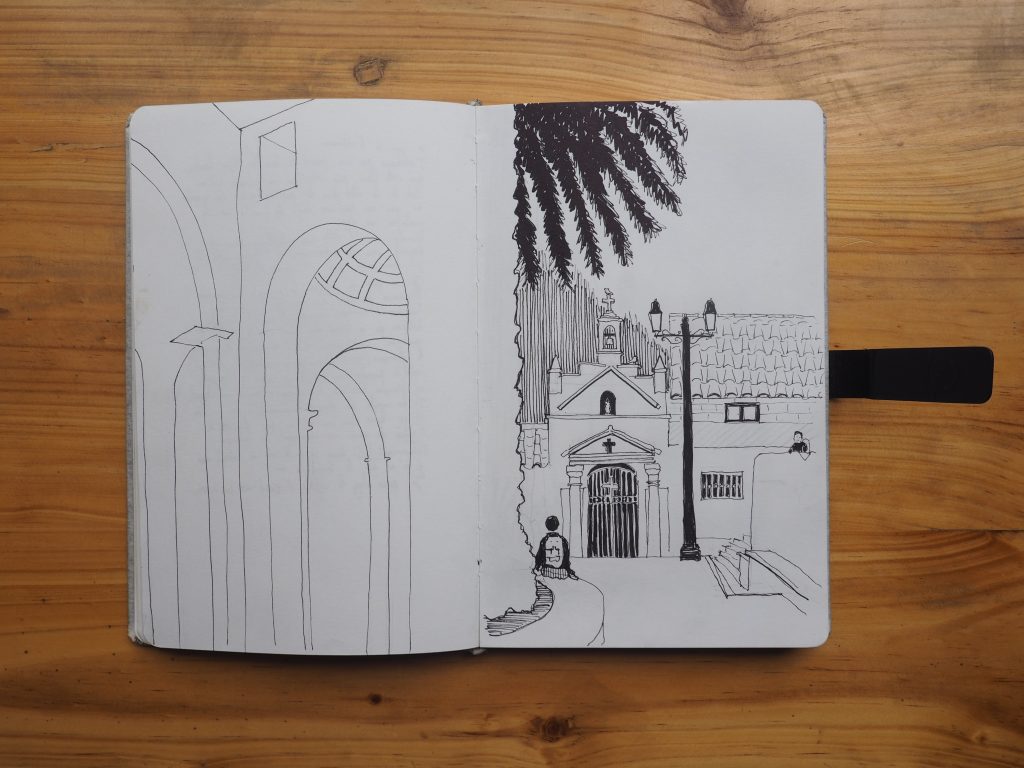
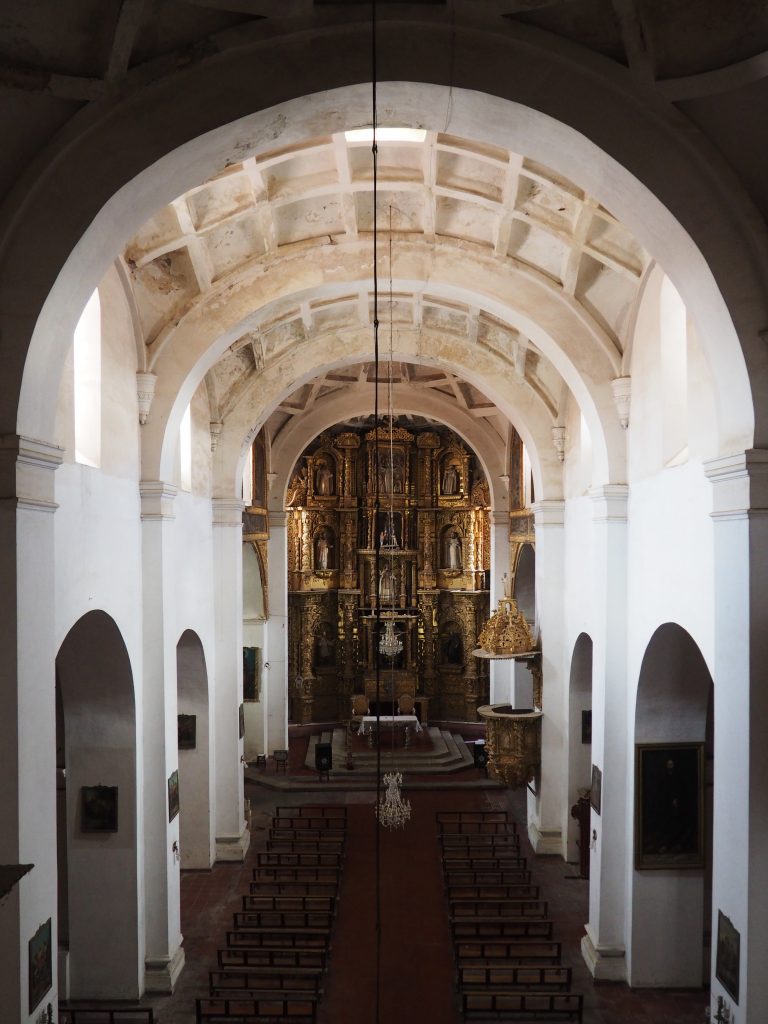
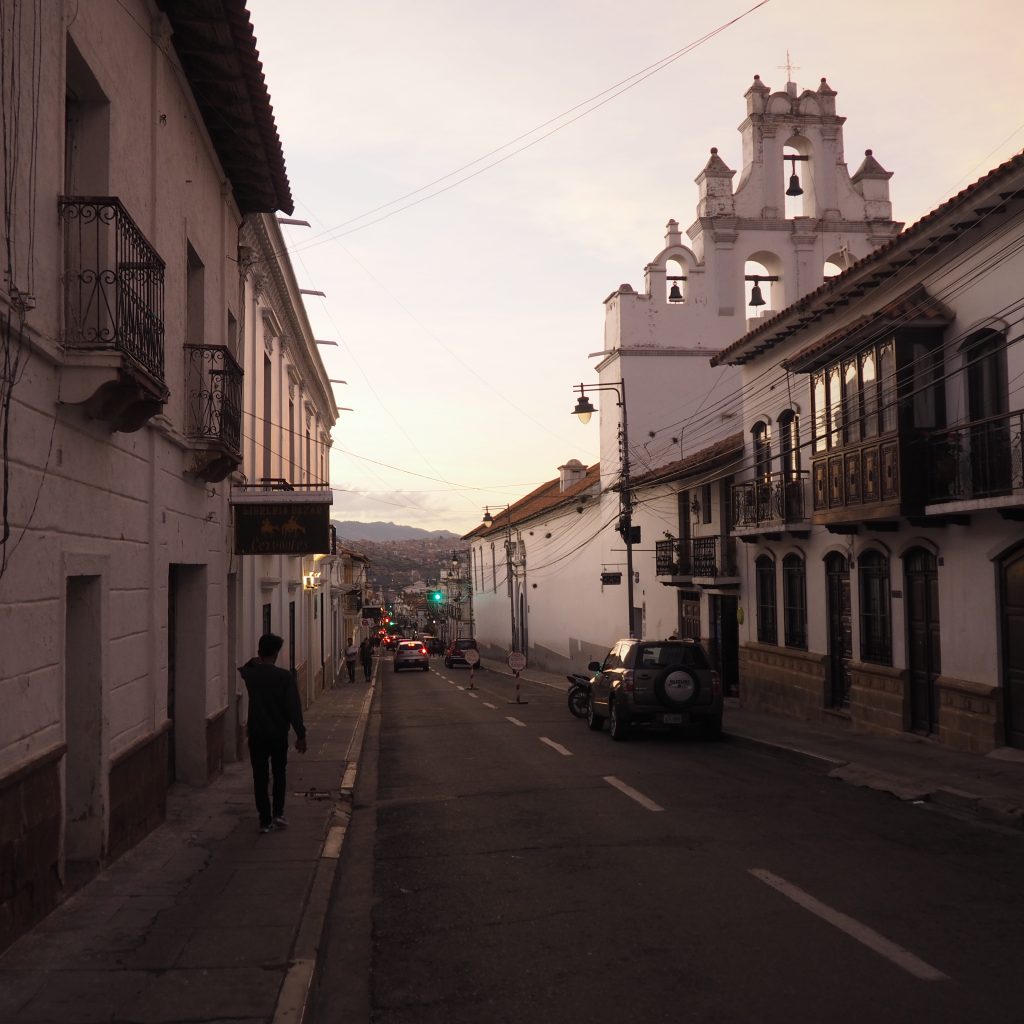
by baptiste quételart – architect / architectural reporter
